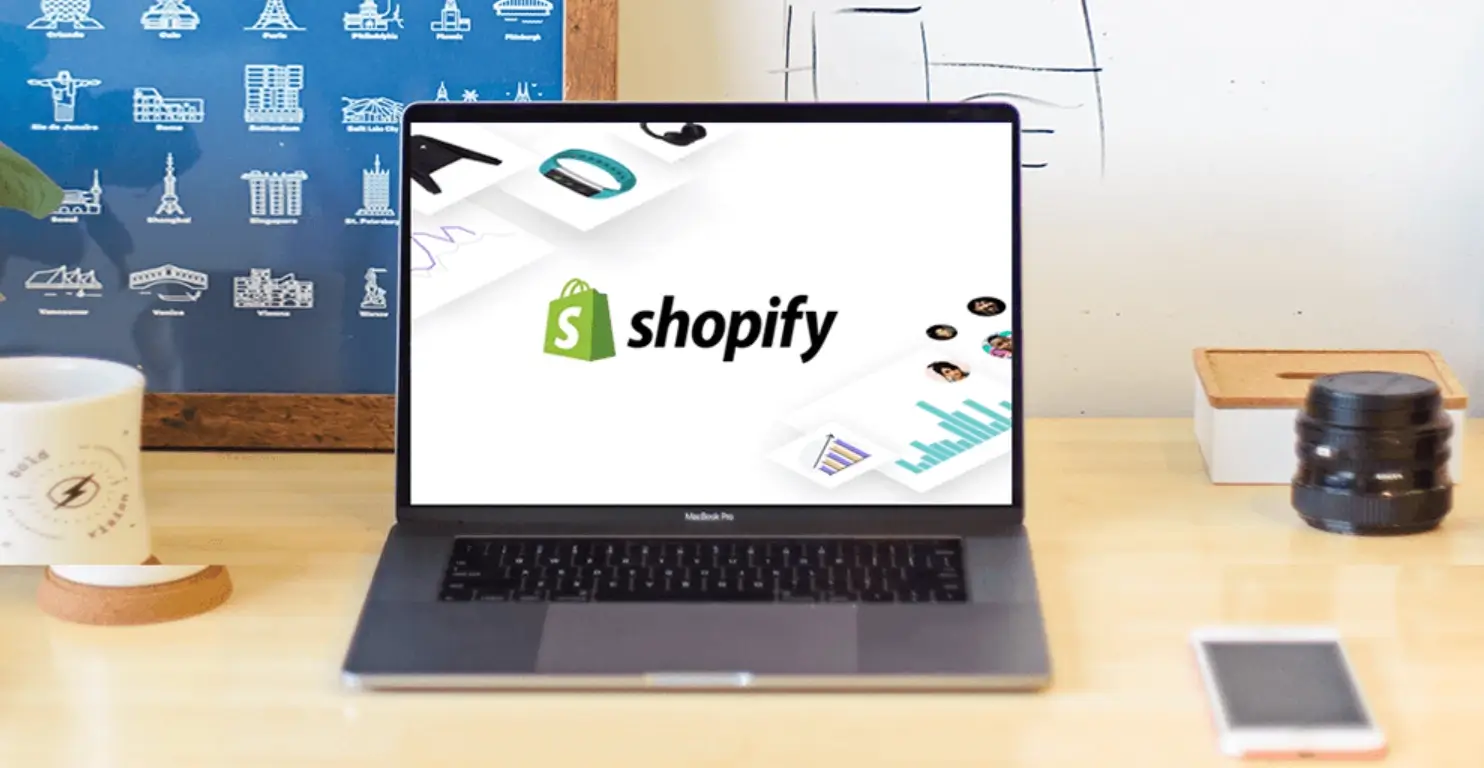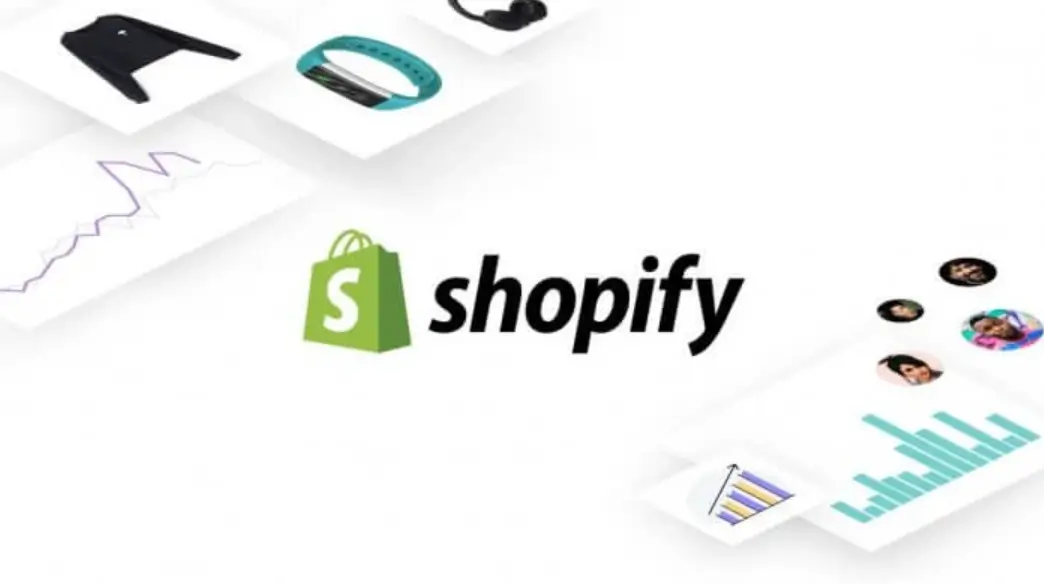The Shopify CMS is today at the heart of the development of the e-commerce sector. For a long time, the tool was offered in a single standard version, easy to learn and effective in generating its first income. But we very quickly find ourselves with our backs to the wall, when the product catalog begins to expand. We need more functionality to automate our tasks. We need to make more collaborators work on the shop. To meet these needs, the publisher offers a premium version of the service. It is called Shopify Plus.
A “Plus” means a reinforced basic plan with many features and options. Among other things, with the new solution, you have an engineer available to assist you during the launch. The use of the Liquid language is unlocked to allow advanced customization of your theme. You can also add as many staff accounts as you want.
Shopify takes the form of an Ali Baba’s cave with many pleasant surprises awaiting e-merchants. Seen from this angle, a good majority of SMEs and individuals would like to migrate to the new solution. But that’s without taking into account that behind the advantages, you have to be ready to pay more for the service.
So, a real analysis of the different plans of the platform as well as the needs of the store is essential. In business, common sense recommends spending only on what is necessary and useful.
What is Shopify?
Shopify: The presentation
Shopify is an online store creation and management software solution. In a way, it is a CMS dedicated to e-commerce just like Magento and Prestashop. However, it differs from these predecessors thanks to its SaaS mode of use. That is to say that the publisher of Shopify takes care of the hosting, the provision of the infrastructures and their maintenance.
Shopify: The Benefits
The main advantage of the Shopify CMS comes down to its practicality in use. Getting started is particularly easy because you don’t have to worry about programming languages. Most of the installation process and hosting are mostly handled by the publisher.
The provision of a powerful hosting server adapted to peak traffic and the intuitive ergonomics of the platform also make life easier for users. Better, its multi-channel access including site pages, pop-up stores and the integration of a long list of services (web marketing, accounting management, logistics management, account administration, etc.) are major advantages for optimizing the performance of your store.
More interesting, this version of the CMS is at an affordable cost (between $29 and $299). It also includes 24/7 assistance for all technical difficulties encountered while using the solution.
Shopify: The Limits
Although the standard version of Shopify is a dream solution, it is still limited in its features and options. For example, with this plan:
- It is not possible to add more than 15 staff accounts.
- Customization options via the editor are limited, making even theme changes complex and risky
- The uniform nature of the purchase journeys it offers is a problematic subject
- Support is provided only by chat, email and telephone exchange
- Access to applications is limited to a few classic tools.
Although you can name the wind tunnel whatever you want, the steps are the same from shop to shop. This is a blessing in disguise, as this constraint contributes to the efficiency of standard Shopify in terms of converting visits.
What is Shopify Plus?
Shopify Plus: The Overview
The Plus that is added to the name “Shopify” logically revisits the idea of a more advanced version of the CMS. The tool takes up all the principles that set Shopify apart from its competitors. That said, it keeps its ergonomics, the integrated hosting and its ecosystem of basic applications. To this, you also access a large list of features including:
- Multi-store management: access to more than 10 stores with a single account
- Personalization of the checkout: the possibility of reorganizing or adapting the sales funnel dynamically to visitors. For example, VAT, discounts or payment methods may change depending on customer profile or location.
- Integration of advanced development solutions
- Dissociation of frontend and backend architectures for multi-channel deployment
- Multi-language management
- Wholesale
- A supply notification system
- A Launchpad for Sales
Shopify Plus: The Benefits
Shopify Plus retains the basic functionality of the standard Shopify offering. Its handling is therefore not a headache for the e-merchant. It remains easy to use even for someone taking their first steps with the tool. More interesting, it offers features more oriented toward internationalization and optimization of results.
For example, the multi-store functionality helps to position itself in different regions of the globe. It also allows A/B testing with different marketing approaches without touching the shops in production. The advanced level of personalization helps ensure a more appropriate user experience, whether the target is a direct consumer or a business.
The Launch manager option, that is to say, the assistant of a launch expert makes it possible to speed up the launch of the store. With Shopify Flow, several configurations and management tasks are automated. Queries are defined and saved in the tool. They are then triggered when certain conditions are met. With such functionality, it becomes easier to target customers or initiate stock replenishment. Finally, there is the Launchpad option which automates the launch of promotional campaigns. Just schedule the event and it will be triggered at the scheduled time.
Shopify Plus: Limits
The only downside with the Shopify Plus solution is its cost. Indeed, it is necessary to count $2000 monthly for the subscription and a 0.15% on your turnover.
Shopify Plus vs Shopify: What are the key points of difference?
Although they retain the same presentations, the two solutions are fundamentally different in certain functional aspects. It is mainly:
Technical support process
Technical support on standard Shopify is done via email or telephone chat. It, therefore, generates no lesser charges and processing costs. When a problem arises, you are forced to abandon your core business to get your hands on the codes and configurations. At best, if your finances allow it, you will pay a specialist to resolve the situation.
On the other hand, with Shopify Plus, the editor provides you with an expert to accompany you step by step in solving the problem.
The level of customization of Shopify themes
The standard Shopify offer just offers slight changes to the themes. Everything is done via the editor which already constitutes an obstacle to advanced customization due to the limit of its functionalities. The editor’s advanced offering, however, allows editing of themes directly in the code using the “Liquid” language.
The number of accesses to the management account
Standard Shopify offers a limited number of accesses to your account. For a large company, it would be almost impossible to have as many staff working on the store as needed. With the advanced solution, however, it is possible to add user accounts at will without losing control of the security component thanks to the SAML and SCIM systems.
APIs
Shopify Plus is more APIs, unlike standard Shopify. The advanced solution offers resources that mainly benefit from third-party platforms such as:
- GiftCard: an alternative payment method
- User: a solution that facilitates the connection of users by exempting them from the tedious processes of manual authentication
- Multipass: a tool that simplifies the management of team member access
Depending on the needs, you can choose with this version of Shopify to create your own tools or to customize some pre-existing ones.
Dedicated tools
The difference between the two versions of Shopify can also be made at the level of exclusive applications. This is a set of extensions specifically designed to be used on the CMS and which are complementary to the list of approximately 8000 integrations offered on the basic version. These are made available on the editor’s “Applications” page. We find in their rank:
- The Wholesale tool
- The flow tool
- Bulk account tool
- The Launchpad Tool
- The script editor tool
These solutions are exclusively available to subscribers of the Shopify Plus version.
BtoB belly spaces
This option is non-existent with the standard version of Shopify. Specifically, it’s a storefront that Shopify Plus subscribers can set up to wholesale their products. Via these channels, it is easy for them to:
- Issue invoices
- Follow orders
- Offer products at a wholesale price
The support
Support with a Shopify Plus subscription is more than just fixing technical issues like it is with the standard offering. It actually extends to a so-called success program that includes:
- Product integration
- Third-party service integration
- Support for the choice of specialized service providers
- In-depth work on your store with a Merchant Success
With this type of support, the e-commerce solution publisher promises to make these subscribers operational in the record time of one month.
Monitoring of performance indicators
Shopify users are used to using their dashboard to analyze the progress of their business. Indeed, on this interface, they can obtain important information on:
- Sales quantities
- Most ordered items
- Product return rates
- The most visited pages, etc.
It is certainly easier to produce a report with this data. However, this result cannot match the effectiveness of an in-depth analysis carried out by an expert. And that’s what the CMS publisher offers in its Shopify Plus offer.
When and why to choose Shopify or Shopify Plus?
For early-stage solopreneurs and SMBs, the standard Shopify option is still the best fit. It is easy to handle and above all less expensive. Its efficient features and a large number of these integrations are more than enough to start generating income in e-commerce. On the other hand, when the budget is no longer really the culminating element of your growth strategy, you can adopt Shopify Plus. It is, therefore, the best option to consider if you are considering an international expansion or if you want to optimize your return.


